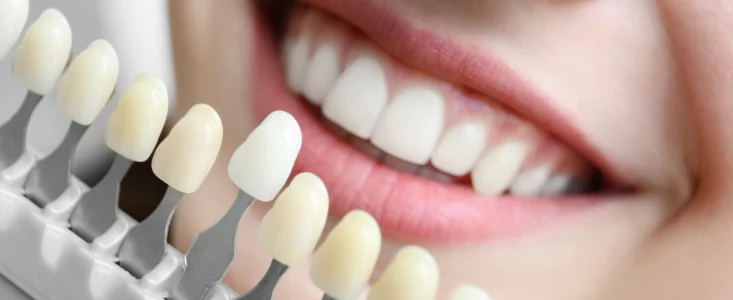While dental fillings and dental sealants both coat and shield your teeth, they are quite different in three main areas: purpose, materials, and longevity. To clarify the differences between sealants and fillings, we’ll break everything down for you.
Difference #1: Purpose
Dental Fillings
The purpose of a filling is restorative. It repairs damage that has already been done to the teeth from decay. After a cavity develops, a filling is necessary to block the entry of bacteria that can lead to an infection or further damage. Tooth decay occurs when the enamel (the strong outer covering on your teeth) is weakened. Oral acids further break down the enamel until a hole or cavity forms. During a short procedure, your dentist will remove the decayed enamel, clean out the cavity, and fill in the hole.
Dental Sealants
The purpose of a sealant is preventative. A sealant covers a portion of your tooth to protect the enamel before it shows signs of decay. In most cases, sealants are applied to the back molars where there are deep grooves on the tooth’s surface. Sealants help to fill in the grooves, making it harder to trap debris from food. Bacteria love to feed on trapped carbohydrates, which leads to the formation of plaque and eventual decay.
Difference #2: Materials
Dental Fillings
There are several options for filling materials. You and your dentist can decide which material makes the most sense for you: silver amalgam, porcelain, composite resin, or gold. Many people prefer to use a tooth-colored material like porcelain or composite resin, especially if the location of the filling is highly visible. In this case, your dentist can match the filling material to your other teeth so that you maintain a seamless smile.
Dental Sealants
Sealants are made of plastic and provide a strong, clear barrier. During a quick procedure, the liquid sealant is applied to your tooth, then it hardens under a special UV light.
Difference #3: Longevity
Dental Fillings
Fillings are considered permanent applications. The materials used in a filling can withstand regular bite pressure and rarely need replacement.
Dental Sealants
While sealants are strong and long-lasting, they wear away more often than fillings. Over time, your sealant may need to be reapplied so that it can continue to protect your teeth effectively.
The good news is you don’t have to decide which treatment you need on your own. Our skilled dentists at Atkins and Anderson Dentistry can evaluate your teeth and confidently tell you if you need a filling or sealant. To schedule an appointment, contact us today.
Share
The year tends to end a lot faster than expected, and many patients are taken by surprise when they realize they may be overlooking (and not taking advantage of) valuable dental benefits. Most dental insurance plans renew annually, and any benefits that haven’t been used usually end up disappearing for good — no rollovers, no
How Does Oral Health Affect Overall Health? Poor oral hygiene allows harmful bacteria in your mouth to grow, enter your bloodstream, and travel to other parts of your body. This spreading of bacteria can trigger inflammation and infections, leading to serious health issues. What Health Issues Result from Poor Oral Health? Recent research shows the
Did you know that your smile is the most recognizable part of your face? A beautiful smile also boosts your self-confidence and promotes positive interactions in your professional and social life. That explains why the American Academy of Cosmetic Dentistry has seen a significant increase in cosmetic dental procedures over the last decade. Cosmetic dentistry





